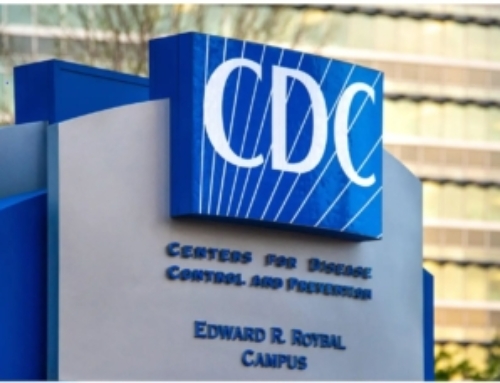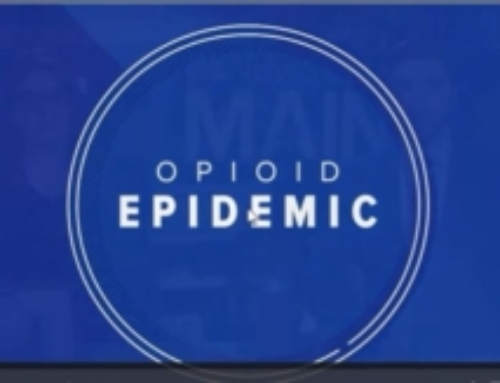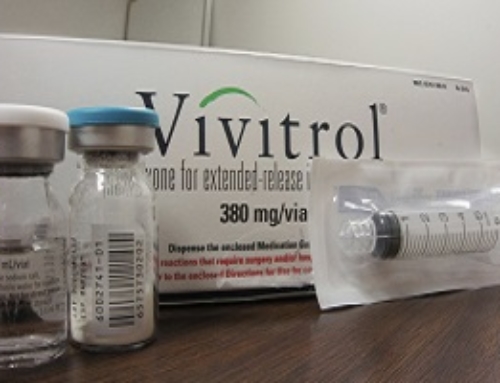By Jeffrey A. Singer
Yesterday, the Centers for Disease Control and Prevention reported that the drug overdose death rate, already accelerating after a brief pause in 2018, increased at an alarming rate coinciding with the mobility restrictions and emotionally stress of the COVID-19 pandemic. There were more than 81,000 overdose deaths during the 12 months ending in May 2020—a new record. There were just over 71,000 deaths reported for the 12 months ending in December 2019.
To be sure, the isolation, loneliness, and anxiety of the pandemic and its management exacerbate mental health problems, including substance use disorder. Their effect on the overdose rate was noted by White House “drug czar” Jim Carroll in the late spring of this year.
But the most important feature of the latest report from the CDC is the fact that illicit fentanyl, made in clandestine labs in Asia and Mexico, was responsible for roughly 57 percent of all overdose deaths. Cocaine was found in roughly 22 percent of overdoses. And methamphetamines were found in 23 percent of all overdose deaths.
Yet the CDC maintains its focus on doctors prescribing opioids to their patients in pain in its list of recommendations for dealing with this dispiriting news. It tells health care providers to co‐prescribe the opioid overdose antidote naloxone to their pain patients when they prescribe high doses of opioids—despite the fact that prescription opioids account for an ever‐decreasing percentage of the drugs involved in overdose deaths, with overwhelming evidence that the overdoses are from illicit drugs obtained in the black market. As Josh Bloom and I recently pointed out, the crackdown on prescription opioids has fueled a “street drug epidemic” while it has harmed patients in pain.
The CDC also gives lip service to a few harm reduction strategies in its recommendations. For example, it recommends more widespread distribution of the overdose antidote naloxone, without urging the Food and Drug Administration to reclassify naloxone as an over‐the‐counter drug—an obvious way to increase its dissemination.
The CDC also encourages the expansion of medication assisted treatment (MAT) programs with drugs such as methadone and buprenorphine, which it recognizes as the most effective form of treatment for substance use disorder due to opioids. Yet it makes no mention of proposals to deregulate methadone and buprenorphine treatment programs by letting health care practitioners more easily prescribe these drugs to their patients, as they do in many developed countries. Congress can build upon the temporary relaxation of MAT regulations during the COVID pandemic and implement permanent reforms.
The tragic report by the CDC lacks the boldness to admit that restricting patients’ access to legal drugs (e.g., prescription opioids in the case of opioid‐related deaths and pseudoephedrine in the case of methamphetamine‐related deaths) has, if anything, inflamed the drug overdose crisis while harming patients. It failed to argue for reforming or repealing laws that obstruct harm reduction strategies. So it should come as no surprise that it failed to identify the ultimate source of the drug overdose crisis: drug prohibition and the dangerous black market it fuels.








Leave A Comment